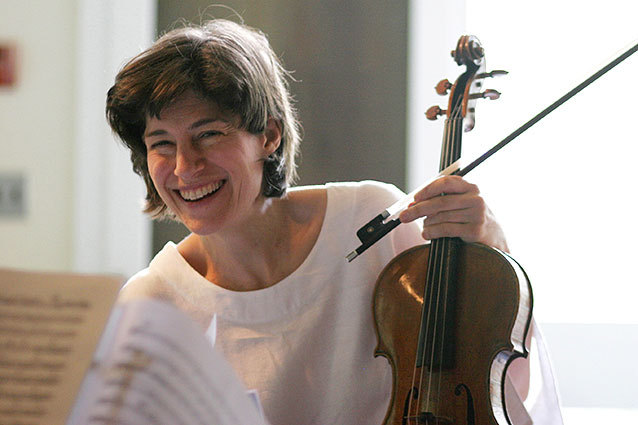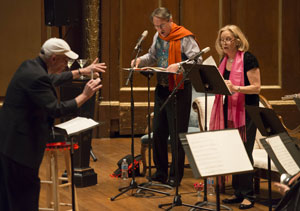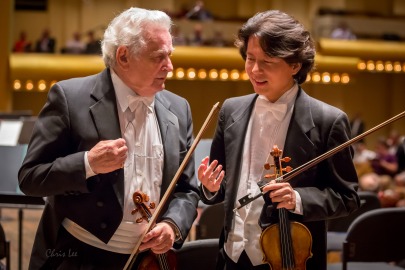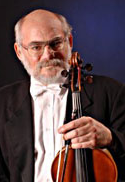Breaking Up with Beethoven
Go out to hear an orchestra concert tonight and chances are the orchestra will be playing Beethoven. The most recent Orchestra Repertoire Report, from ’09 – ’10, details that 137 orchestras in America performed Beethoven’s music 457 times that season. His ninth, seventh, and fifth symphonies were ranked first, second and third respectively among the[…]
Read More









No comments yet.
Add your comment